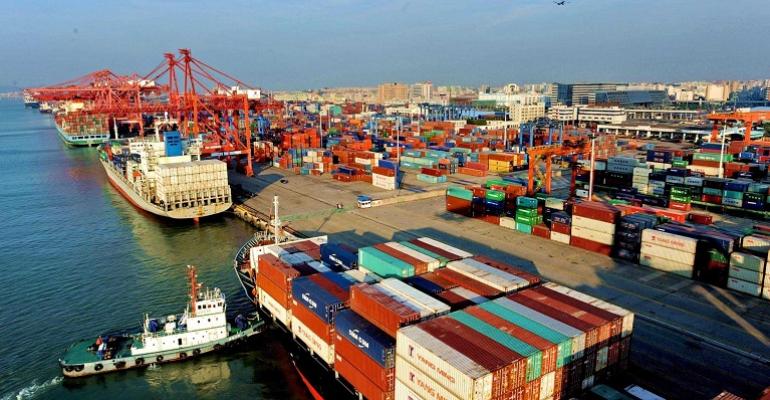Analysts project44 highlighted substantial year-over-year increases in vessel and shipment delay times across most major trade lanes connecting China to the rest of the world.
Looking to the key transpacific tradelane between China and the US West Coast project44 commented: “While select China-US West Coast routes schedules have improved significantly over the past months, data gathered by project44 shows that along many critical routes, multi-day delays remain high, or are even rising in the face of recent outbreaks of the Covid variant in southwestern China.”
On routes between China and US non-West Coast ports, where ship delays increased to an average of 2.44 days in July 2021 compared to 0.6 days in the same month a year earlier.
It is a similar picture for China – EU traffic with average of 0.51 days in July 2020 to 2.18 days in July 2021. However, on high volume port pairs delays are much higher. Shipments on Shanghai-Hamburg and Shenzhen-Hamburg are seeing delays of 8.44 and 7.86 days, respectively.
“The fact that ships remain delayed and now Covid variant outbreaks in major Chinese manufacturing hubs are on the rise, indicates that there may be far-reaching down-stream consequences going into Black Friday and holiday shopping seasons,” said Josh Brazil VP Marketing project44.
“We’re seeing a lot of variation in delay times between months, and routes such as US West Coast versus East Coast ports, making supply chains particularly challenging for shippers to manage.”
He added, “These latest numbers along with Covid variant outbreaks are a warning to shippers that they won’t be able to mitigate losses associated with delays and bottlenecks unless they have a complete and real-time view of vessel delays, ports, and carrier performances.”
Copyright © 2024. All rights reserved. Seatrade, a trading name of Informa Markets (UK) Limited.
Add Seatrade Maritime News to your Google News feed.  |

